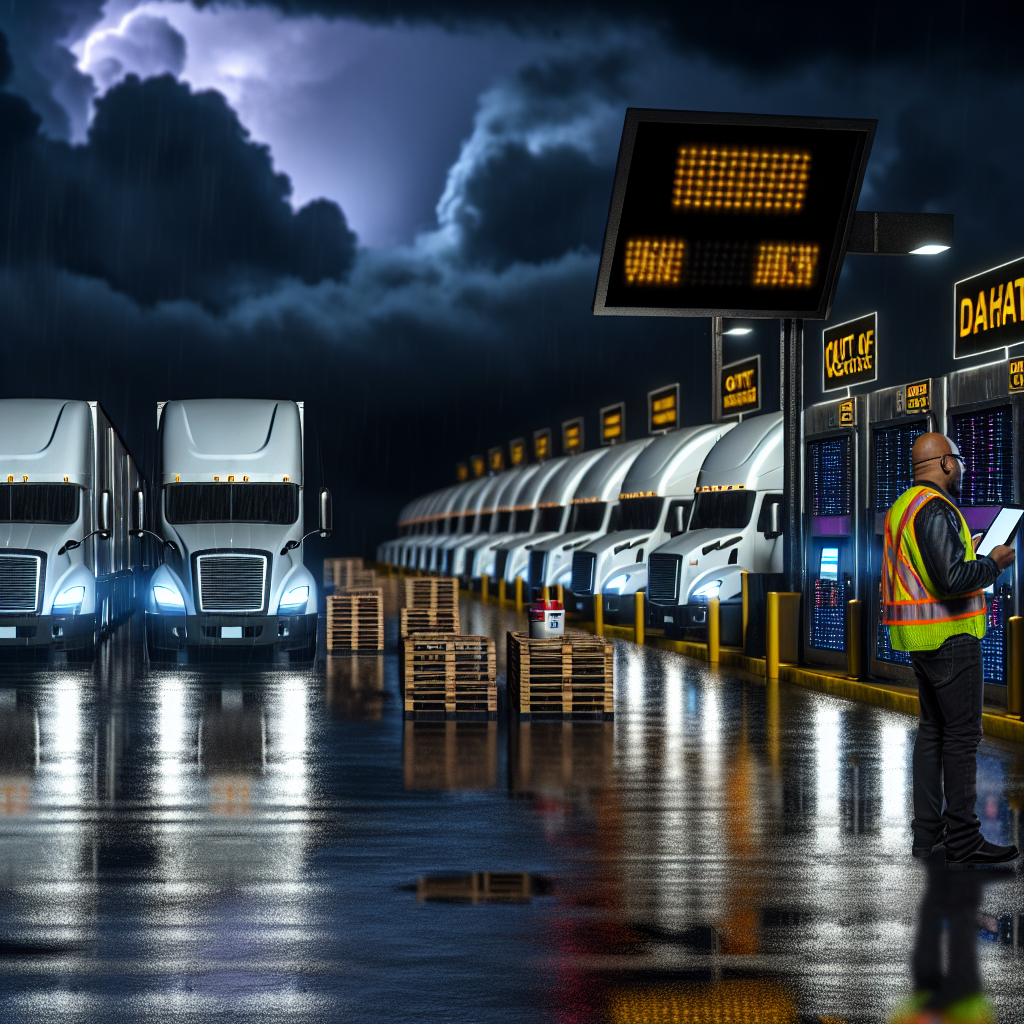A new reliability study making the rounds in the EV world says the quiet part out loud: “uptime” isn’t telling drivers — or dispatchers — what they need to know. While networks tout 98%+ availability, the metric that matters on the road is first-time charge success. And on that count, nearly one in three public charging attempts still fails, with reliability deteriorating as sites age — falling from roughly 85% first-try success at new stations to below 70% by year three. For long-haul and regional carriers testing battery-electric rigs, that difference is the gap between a planned 30-minute energy stop and an unplanned hour of dwell time and rerouting.
Why it matters for trucking: first-time success is a better proxy for schedule risk than uptime. A charger can be “available” yet still fail to initialize a session, time out on handshake protocols, or quit midstream. The latest analysis also finds that more than one‑third of failed attempts occur on chargers that appear operational — a scenario that wreaks havoc on driver HOS and delivery windows. Fleets negotiating depot access or public network contracts should be pushing for SLAs written around first‑time success, not just device availability, and for preventive maintenance commitments tied to site age.
Context in the wild: the largest fast‑charging network continues to scale. In the third quarter, Tesla reported 54 million charging sessions and 4,000 additional Supercharger stalls worldwide — useful signal that high‑utilization, high‑redundancy sites can be operated at scale, even as non‑Tesla access expands. For truck stops eying Class 6–8 charging, that scale — canopy-covered bays, multiple high‑power dispensers, and 24/7 amenities — is a template worth studying.
Macro headwinds could make reliability work more urgent. With the $7,500 federal EV lease credit expiring on September 30, automakers are bracing for a near‑term sales slowdown after a Q3 pull‑ahead. For freight carriers, a softer passenger-EV market is a double-edged sword: less demand pressure on public chargers in the short run, but potential revenue strain for charge-point operators that could crimp maintenance budgets if contracts aren’t airtight. That’s another reason to anchor agreements in verifiable first‑time success metrics and age‑based upkeep.
What fleets can do now:
– Bake redundancy into routes: favor sites with multiple high‑power dispensers and on‑site amenities that keep drivers productive during dwell.
– Specify performance by outcome: demand first‑time success SLAs and corrective-action timelines that escalate with station age.
– Align incentives: link a portion of fees to achieved first‑time success, not just reported uptime, and require clear reporting on failed session causes.
– Prefer networks demonstrating scale and serviceability at high throughput — signals that O&M, parts, and remote diagnostics are mature.
The bottom line: progress is real, but the yardstick needs to match the mission. For a truck on a clock, only one metric answers the question “Will I get a charge and get back on the road?” — first‑time success. Until that number climbs meaningfully across public corridors, fleets should treat EV charging as a managed operational risk, not a utility that “just works.”
Sources: FreightWaves, Clean Trucking, Teslarati, Reuters
This article was prepared exclusively for TruckStopInsider.com. Republishing is permitted only with proper credit and a link back to the original source.




